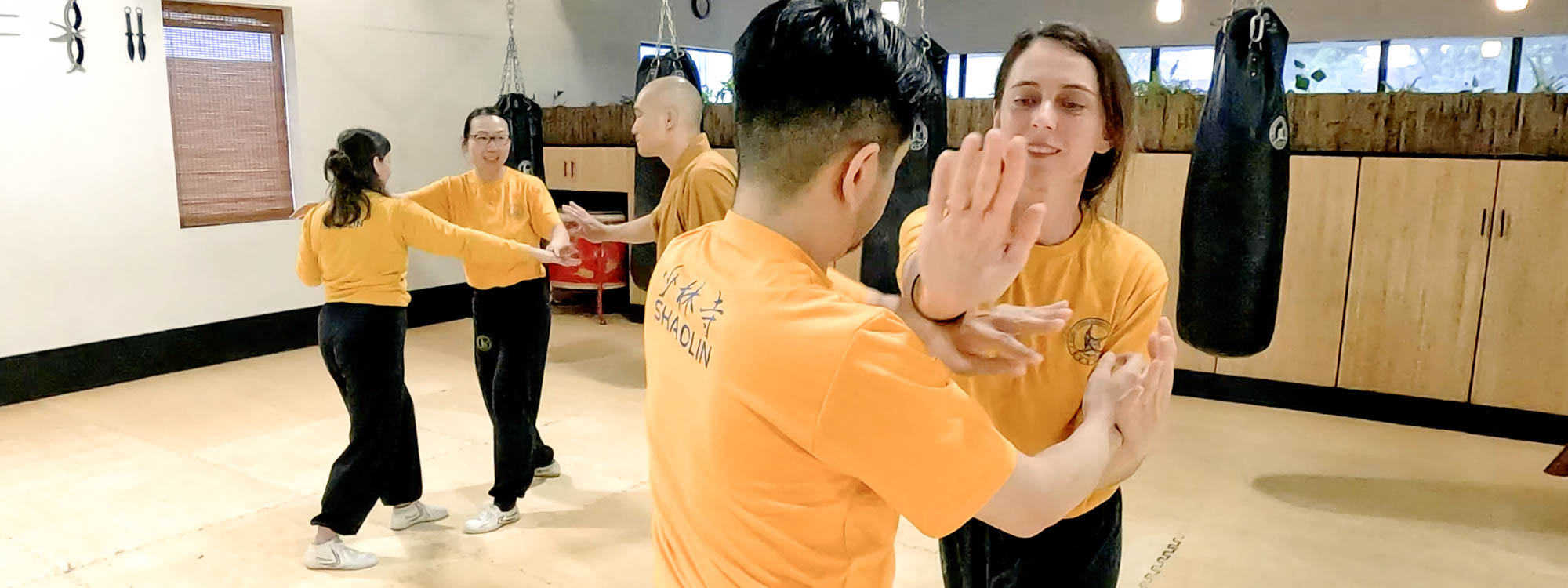Shaolin Tai Chi Foundation Class

Shaolin Tai Chi Foundation is about training fundamentals of relaxing, awareness, and qi flow, along with gentle and soft self defence techniques.
It will also help you improve your flexibility, coordination, fitness, energy, and overall health.
A typical class includes warm up drills, stretching, gentle stance training, cloud hands exercises, gentle foundation kicks, and relaxed self-defence application exercises.
The second half of class include drills for relaxed self-defence application and taolu forms.
This class is designed to make you feel your body flow with movement and lightly work on your cardiovascular endurance. The less muscles you use, the more you breathe, and the more relaxed your are, the higher your level.
You will learn and practice the taolu form called Eight Stance Gentle Fist Bābùróuquán 八步柔拳.
Target Age: Adults 16+ years old, Seniors
Prequisites: None



















 YouTube
YouTube Instagram
Instagram Facebook
Facebook Discord
Discord